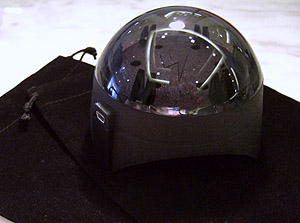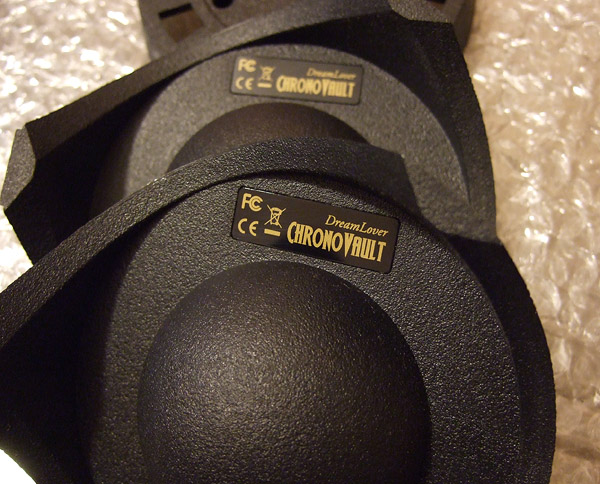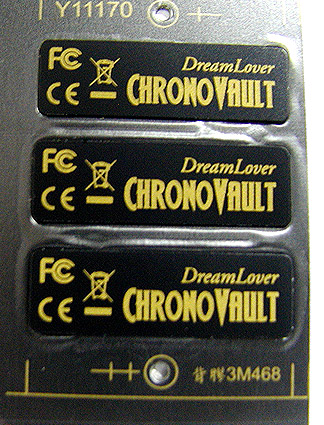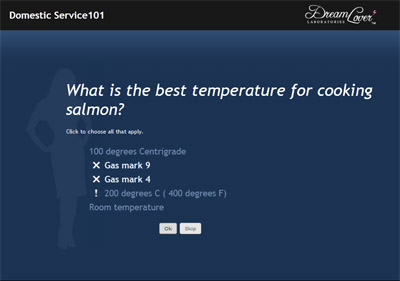|
2011-11-15 02:22:33 (6250 views) RUNNING OUT OF STOCK
The US warehouse is officially out of stock. All US orders will be fulfilled from the UK. An adjustment for the purchase price will be invoiced through PayPal.
The UK warehouse itself only has 4 units left.
We're working on getting more components to assemble more boards but 4 different parts ran out and there are lead times of 4 or more weeks.
Nevertheless, we were able to find replacements for 3 of the components and the remaining one will also be able to ship 1-2 weeks later so if all goes well we should be able to have more units ready in 2-3 weeks from now if we spend a few days hand soldering - until we are finally ready for the next round of automated assembly.
XMAS SCHEDULE
We also have notice from the UK warehouse that they will be closed from the 24th of December and reopen on the 3rd of January 2012. There will be one day (to be decided, either Dec 28, 29 or 30) in which they will ship out orders received up to the previous day. Any orders received after that will be shipped on or after Jan 3rd - that is, if there's still any stock.
So it is not without a little bit of satisfaction that we are for the first time able to say... Christmas is coming! Get your orders in!

2011-11-09 03:13:44 (6742 views) Searching for a new illustrator for our male training material - one who is a bit less famous and less concerned with being able to sell the original paper and ink sheets - we've found a very interesting person.

Enter Claire. Professional illustrator and cartoonist living in Beijing, very attractive, experienced with a variety of styles and very willing to draw for the Male Management market. She's never heard of Male Training or anything similar - and yet she controls her husband skillfully, living a pretty extreme female-centric lifestyle which she has manufactured out of her own inclinations and needs - one which including domestic service (her husband is way beyond our 101 course) and even semi-consensual and frequent extramarital affairs (she says she likes eating, cats and hot guys).
She and her husband are the ideal "poster couple" for our company, so we decided to interview Claire here and you'll definitely hear more from her if we can find a way to work together on the courses, which seems like a distinct possibility at this time.

2011-11-01 01:46:12 (8425 views) Many of you follow this blog to keep up with the latest and greatest of Male Management science. Some follow because they enjoy watching this product development reality show in all its gory detail. The truth is, manufacturing is a challenge, especially in a small market, when you cannot buy a vendor or manufacturer's loyalty and professionalism with large orders.
Due to the large number of naysayers and detractors who became vociferous during the last phases of development of our first product, the DreamLover 2000, we haven't exactly indulged in "manufacturing rants" - the ChronoVault was announced without much being said about the difficulties encountered in its prototyping and production. At least the many delays aggravated no one but us!
However we may have overdone it a little and we realize the process was a lot more fun for us when we could report daily on our manufacturing adventures. So here's a long overdue mini-report on the difficulties we're facing and how much work is behind a working, nicely designed and packaged product being sold on our website.
Just this week we had the following news:
...

2011-10-31 00:08:05 (7524 views) 
We've just received the first "velvet pouch" sample; the problem being that it's not at all made of velvet, instead this is a cheap synthetic material that feels rough to the touch and gets dirty very quickly.
So we're going for a second round, this time specifying and emphasizing that it has to be made of real, not synthetic velvet. The option of using leather is on the table as well. This is a fun part of this project as we wait for motors to be manufactured. The pouch will have a 1x1cm thunder symbol (in silver or gold) in the middle, just to give it that extra touch.

2011-10-27 05:05:46 (7749 views) The overlays have finally arrived and they look a lot better than in the manufacturer's picture.


2011-10-25 06:34:59 (8046 views) We're going through the last phases of production of the ChronoVault.
- The overlay samples should be here on 10/27 after a few adjustments to the surface finish

- All the parts required for the manufacture of the high torque motors are being sourced; production should take another couple of weeks
- After many revisions to the mold's texturing, the mold is now final
- Further last-minute improvements to the shell are being tested
- The circuit boards are almost completely assembled
- All presentation and testing material for DS101 has been produced and is now being refined in conjunction with development of the software

 |



